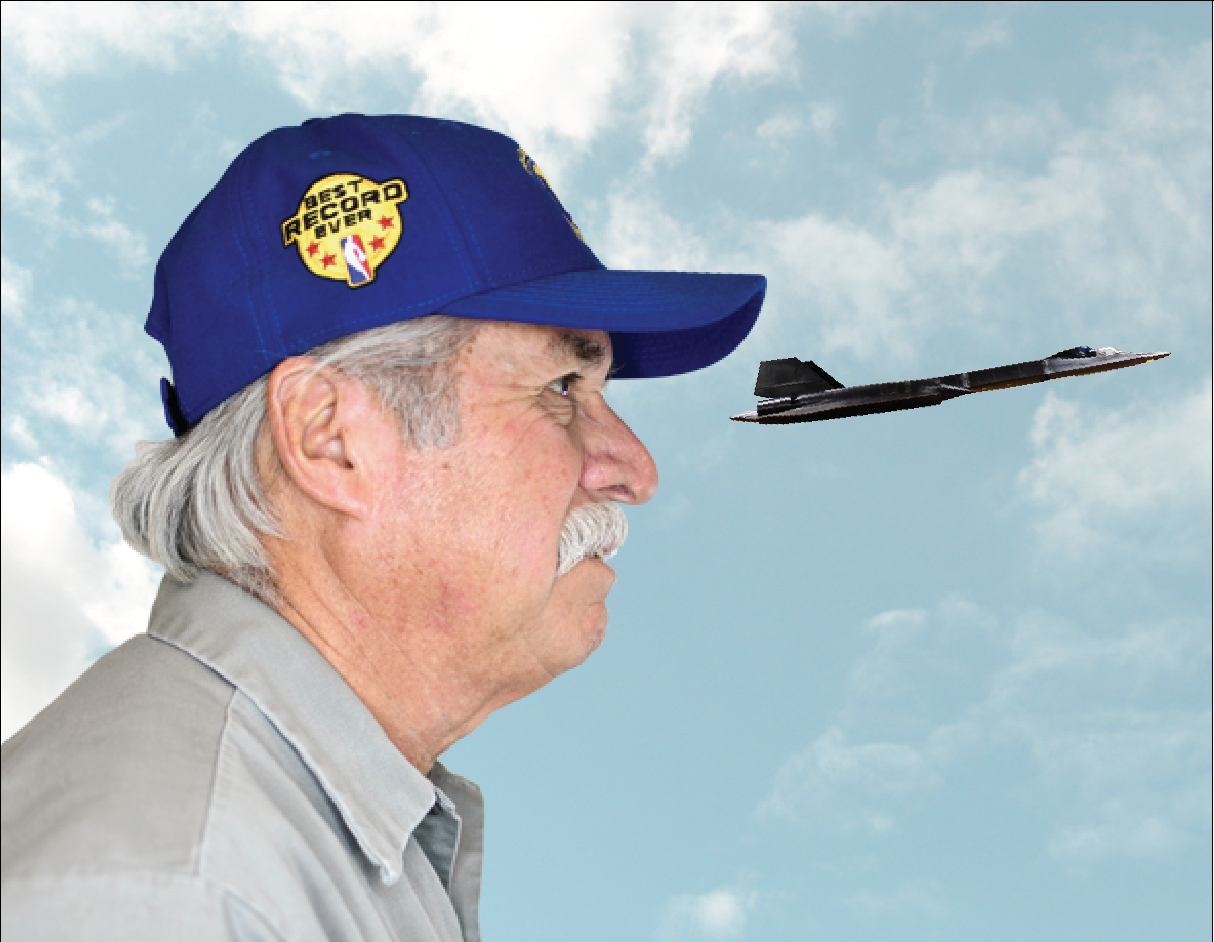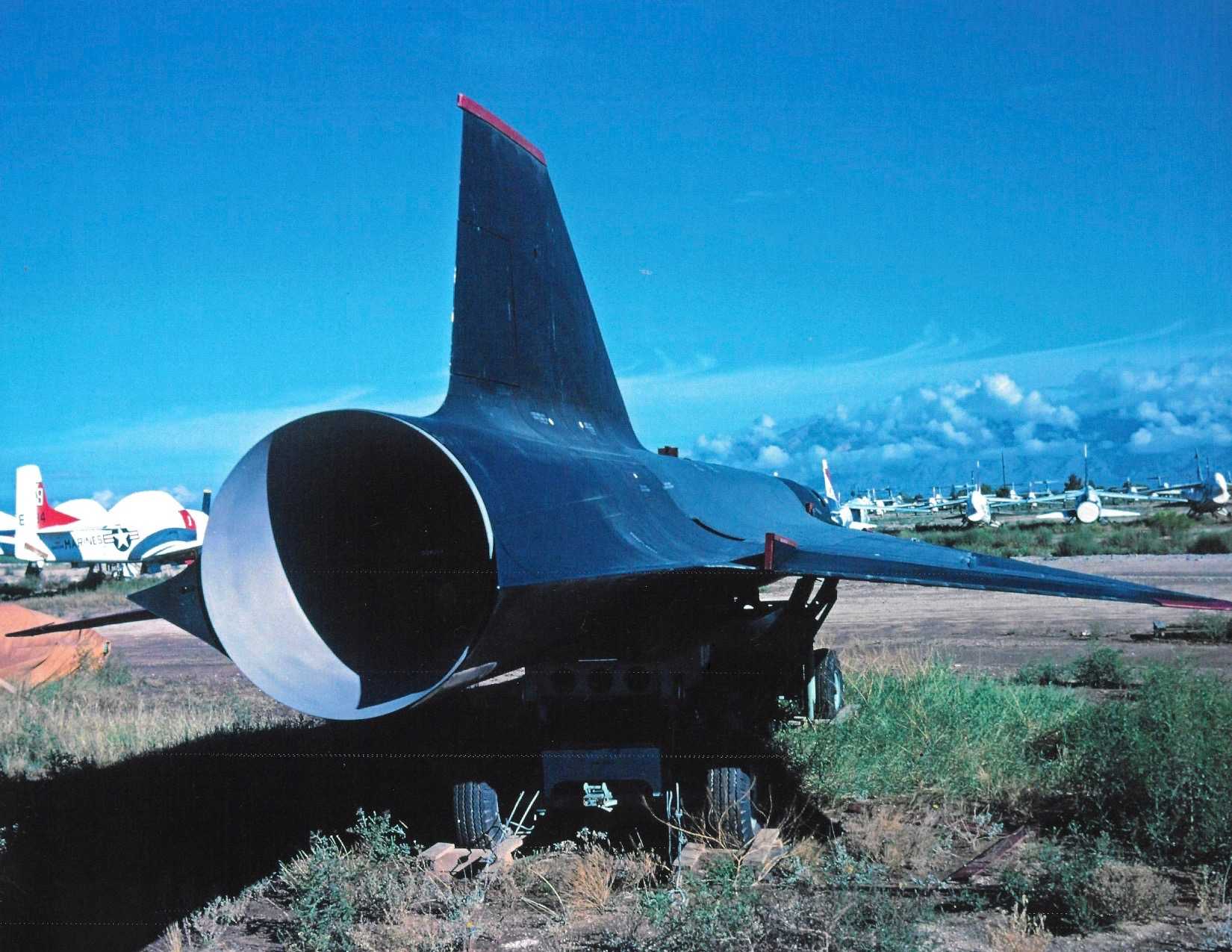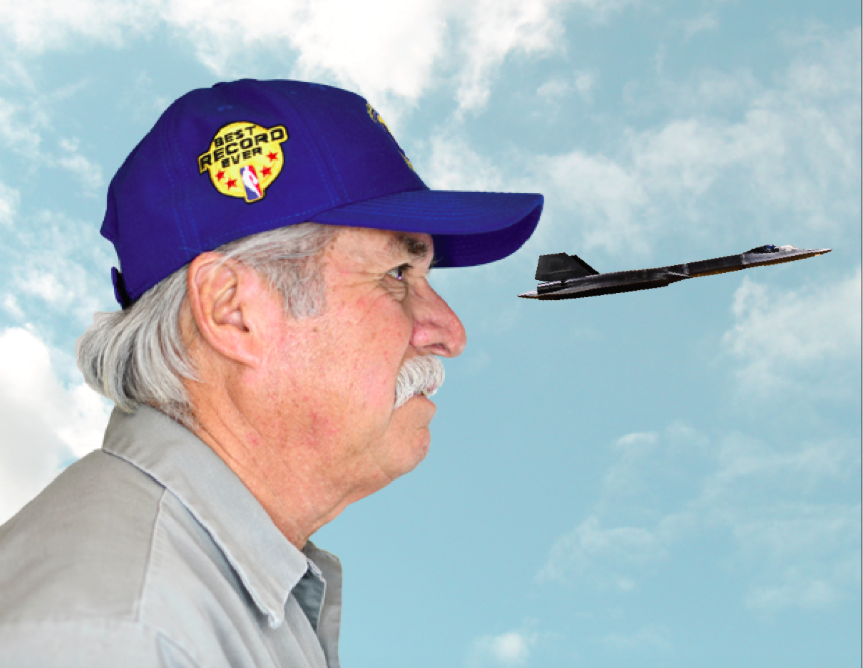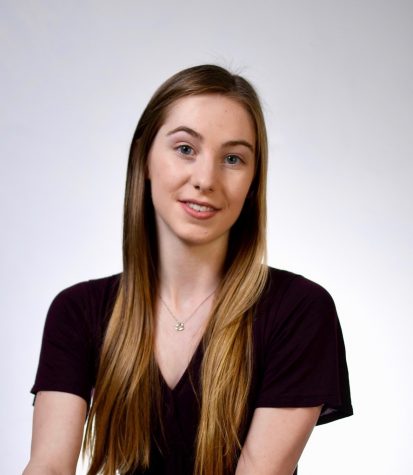Taking flight: custodian Tom Orsua discusses his retirement plans
December 12, 2017

Custodian Tom Orsua has been counting the days he has left at MVHS. Lately, he gets a little “tingly” every time he thinks of it. It’s a little more real, now more than ever, that his memories at MVHS will come to a close. Counting down towards his last day, January 31, he realizes that the ever-diminishing number of days left is 21.
Orsua always thought that he would retire once he hit 65 years old. But as 65 rolled around, he decided to stay another year, and then another. This year, at 68, he decided it was time.
“Now that I’m 68 somebody will say ‘Well why don’t you stay until the end of the school year?’” Orsua said. “If I do that, by the time that comes, my birthday is in May so I’ll turn 69. I don’t want to be working when I’m age 69 — I want to be out of here.”

For Orsua, a drawback to retiring before the end of the 2017-18 school year is that he won’t be with the track and field team for its 2018 season. Orsua has been an assistant track coach for the past two years, recalling his experience as a sprinter in high school in order to help team members reduce their times. Junior Alisha Gao is one of the sprinters coached under Orsua, and appreciates his presence both on and off the track.
“Sometimes during just school hours, I would say ‘hi’ and he would just make jokes,” Gao said. “And he was really lighthearted and kind and funny to be around.”
Orsua says that feeling is mutual — he loved working with the team. But his connection with students extends beyond just the track team. Gao recalls how Orsua would always go the extra step and come to students during lunch to collect their trash.
Orsua has connected with numerous students like Gao on campus and watched them grow. Leaving those students behind is the hardest part of retiring for him.
“All of you students, it’s just amazing,” Orsua said. “We get to see you come in as freshmen as little kids. I mean, literally, little kids … now you’re becoming an adult, and we can see the change. It’s really obvious. Sometimes it’s like ‘Man, did that person ever grow up. Now they talk better, there’s some substance there.’ You can actually see it.”
Senior Natalie Standridge remembers working on a scene for beginning drama as a freshman, with the help of her older sister, who was a teacher assistant for drama. As they worked, Orsua came over and started talking to her sister about her day. From then on, Standridge and Orsua would always say hi to each other around campus, striking up small conversations.
“It’s made [my years at MVHS] a lot better, [because] it’s nice to have a friendly face driving around,” Standridge said. “Especially after a stressful test or if I got back a bad essay grade or whatever, it’s nice to just see him and talk to him. It’s comforting.”

Standridge remarks that the fact that he chose to retire this year instead of previous years is something she’s grateful for.
“Those small interactions, those really make my day,” she said. “I’m glad he’s leaving when I’m leaving, because Monta Vista without him would feel really awkward. It wouldn’t feel like Monta Vista.”
Even though leaving behind students may be hard, Orsua is excited to return to something familiar to him once he retires — his love of airplanes. As a child, he used to sneak under the fence of the San Jose Airport, just across the street from his house, to climb into resting planes and pretend to drive them. Now, he’s looking forward to perfecting his models which have sat in the corner of a room in mint condition for years on end. While making new models, he’ll recall past memories.
“I’d go over [to SJA] all the time on my bicycle and just hang out,” Orsua said. “I remember taking my mom’s small movie camera and I filmed the Blue Angels … I got a little bit of the show that they did and ran out of film — darn. But that was my first attempt at filming, and I enjoyed that. I still have the little reel stashed away in my storage and every now and then I’ll break it out and watch it.”
As Orsua was getting ready to leave MVHS for his Thanksgiving break, he remarked how someday, he wants to turn the photographs of drones he took at the Davis-Monthan Air Force Base in Arizona into a book. Every so often when he lived in Arizona, they’d open up the military base to civilian airplane aficionados to explore. This always gave him a thrill, as the base, Orsua explained, was like the retirement home of all the old military airplanes. Little did he know then that he would be revisiting these memories of times spent there as he looks to his own retirement in a little over a month.
Now Orsua is looking forward to revisiting these memories in retirement. He has albums of his plane photos taken from childhood, through his time as an employee for jet-making company Learjet and up until the present. One of his favorite photos is from two years ago, when he and his wife drove up to Sacramento and the Blue Angels flew right over his head in a perfect delta formation.
For a while, he worked at Learjet, an aerospace manufacturer, in Tucson, Arizona. There, he met Neil Armstrong and former president Gerald Ford.
“To work for a place that builds airplanes [was neat,] especially three million dollar airplanes, because that’s what your basic, bottom of the line Learjet is — three million dollars,” Orsua said. “You want to stand in [the plane]? It probably goes up.”
He remembers exactly how many Learjet flights he has been in: four. For the last one of those four flights, the pilot had gone to the plane’s phone, and the copilot let Orsua, who was in the front seat, steer the plane.
Unexpectedly, his adventures at Learjet found their way into the classroom at MVHS. One day, while in math teacher Jon Stark’s classroom, Orsua noticed a poster of a Learjet’s control panel. He’d recognized the panel based on the overall look, not noticing the word “Learjet” on the steering column. He and Stark began talking about it, and so followed an ongoing conversation about a mutual love for airplanes.
The house he and his wife want to live in has a three-car garage — the third spot solely dedicated to building his model airplanes, which currently sit stacked in unopened boxes in a corner room.
“That’s where I’m going to set up my paint booth, set up my assembly area, so I’m not doing any of that in the house,” Orsua said. “In the house I’ll have another room that’ll be my library, where I’ll have all my reference materials.”
After leaving MVHS for the last time, Orsua will work on getting his house ready to be sold. Then, he wants to move to the house with the three-car garage in Nevada. Maybe there, he says, he’ll try to coach another high school’s track team. If he wants to get a part-time job, Orsua said it would likely be at a high school, to be around all of the kids again. That’s what he loves most.
Building his mint-condition model planes, researching his love for the models and maybe coaching on the side. This is how Orsua envisions his life after MVHS, and it’s a future that both intimidates and excites him. As he takes off from the 13 years he spent at MVHS, flying into the distance, he looks towards touching down on the runway of a quiet life, spent with his loved ones and surrounded by his lifelong love for planes.


















